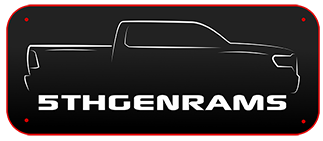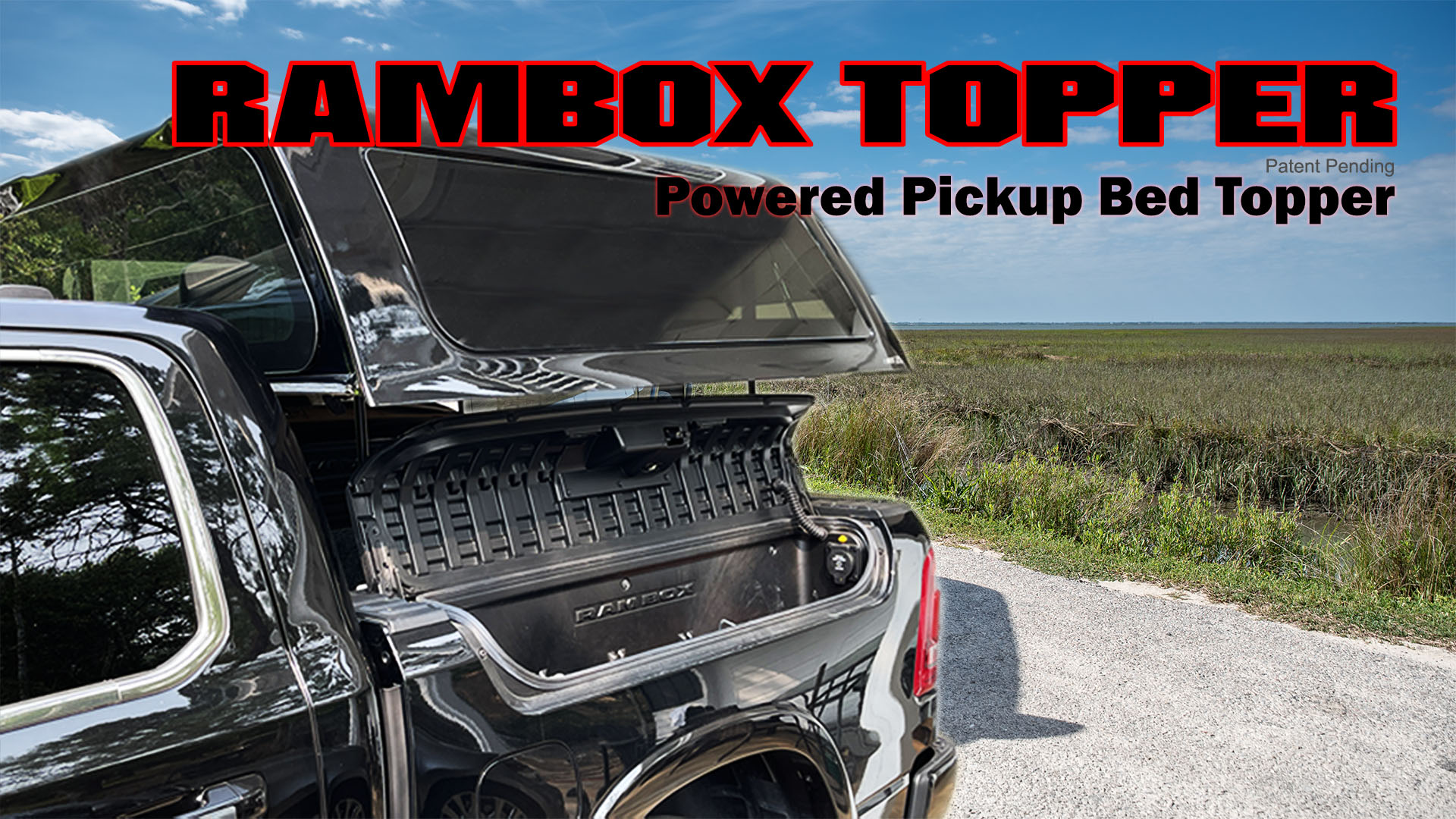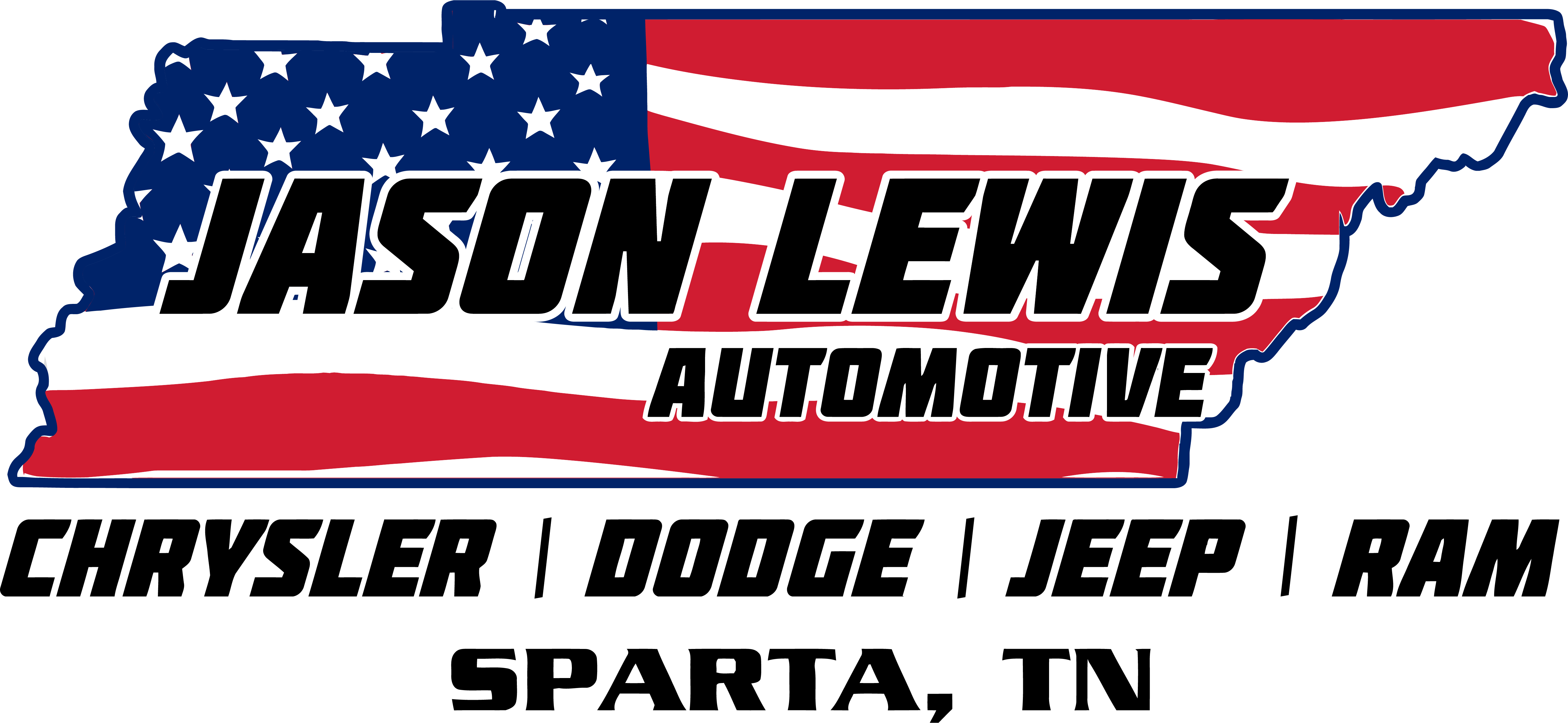I've been in a similar boat in calculating payload vs towing capacity. I'm buying an Airstream next year, and the Tongue Weights are very heavy. Some of you may find this thread discussion helpful because it describes the misinterpretation of language surrounding tongue weights vs. receiver load:
http://www.airforums.com/forums/f23...ongue-weights-and-trailer-weights-121859.html
After reading many armchair experts and seasoned veterans generous sharing of experience and opinions, here are my PERSONAL, laymen drawn conclusions re: mfgr's guidelines and towing capacity.
1) A Truck mfgr publishes limits on several key areas - receiver hitch, payload, gcvwr, axle and total gvwr. Whether or not they underrate capability is irrelevant to me. I will stay within these published limits because in the event of a tragic accident the risk of being negligent in litigation is not worth it to me - no matter how well the TV + TT performs.
2) Payload is important because it's a published limit. What's more important is not overloading the front and rear axles past their limits. I see my door sticker payload as the limit for total weight of hauling stuff in the truck without trailer... but it's more of a guide when I'm not hooked up to a TT. i.e. if I put 1600lbs over my front axles, I haven't exceeded my payload, but I just wrecked my front axle.
3) Tongue weight can be confusing - especially if you have a heavy hitch like Propride/Hensley. Most important thing is to get tongue weight between 10-15% of TT weight to help fight sway. Best way to measure your tongue weight is at CAT scale calculations. (Look at other threads for calcs on how to do this)
4) When hooked up to TT: CAT Scales are the best and really only way to see how the weight distribution hitch and TT load balancing is distributed. Consequently, this is the only way to see if you're within your Axle weight limits. The steer axle should be close to the same weight whether it's loaded with a TT or without. With CAT scale measurements, payload as a static load calc becomes less critical. Difficult (for me) calculations of dynamic vector forces relating to axles, length of levers (hitch, receiver), length of axle to axle, etc become much more important when hooked to a TT. This is why I will calculate my max loads, distribution of weight, and hauling capability with CAT scales and use TT GVWR and trailer length/height as my guideline for TV compatibility.
5) Towing a giant TT is much different than towing a flat trailer due to drag and the sail effect. Everyone's comfort limits here varies based on personal experience and preference. I have set my personal comfort limits at a TT with GVWR of 7200lbs and max 28' length hitch to bumper towing with 1/2 ton. Any larger, and I will move up to a 3/4 ton - not so much for safety, but mainly for comfort and ease of towing (larger gas tanks, mirrors, E-rated tires, Bigger breaks, blah blah blah)... want to enjoy the journey not just the destination.
6) Everyone has an opinion. Yours is right and to argue with you would be foolish on my behalf. If you want to argue with my opinion, then feel free because by my logic you'd be a fool. If you have extra wisdom to share, then do so generously as I want to learn.











